Sliding Rock Facts
- This distinctive marvel of Nature bears the appropriate common name of Sliding Rock, for reasons that appear readily apparent to those who visit it. The time of its original discovery by the local Indigenous People, though, remains shrouded in mystery.
- The aptly-named formation, furthermore, forms a small yet marvelous slide-type waterfall. This geological formation formed in a region of the globe well known for its natural beauty. The formation lies in western North Carolina, United States.
- Slide-type waterfalls do not rank as rare, yet few exist that have the length and breadth of this one. This makes it stand out from the others. The name derived from the fact that people can slide the gently sloped length of the waterfall with little risk of injury.
- Certain weather conditions in the region, however, occasionally make the site temporarily unsafe, especially to younger children. During the summer, when tourists most commonly appear, the US Forest Service periodically provides a lifeguard.
- The beautiful, as well as enjoyable, Sliding Rock represents a natural marvel little known outside of its immediate region, however. This, though, actually serves to provide it with a modicum of protection, by limiting the annual tourist draw to the site.
Related Articles
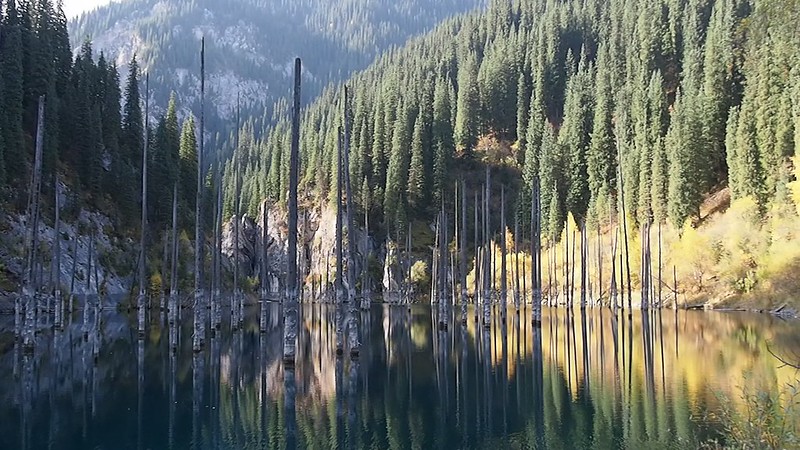
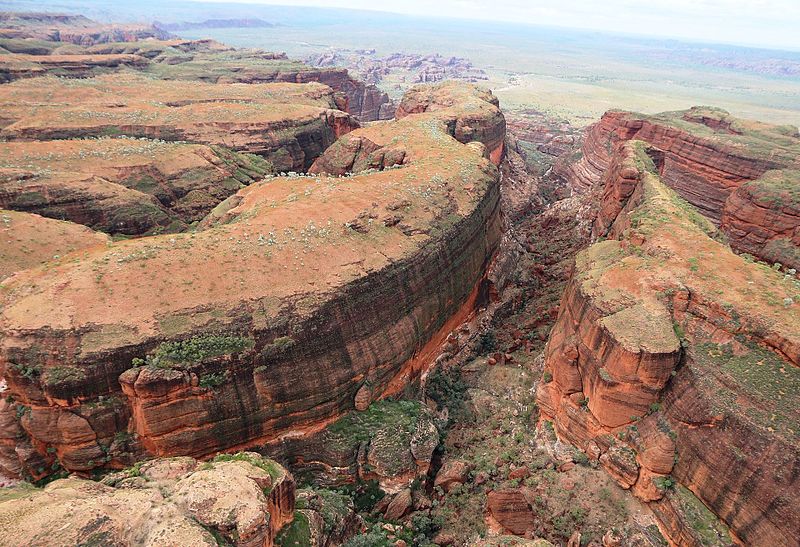
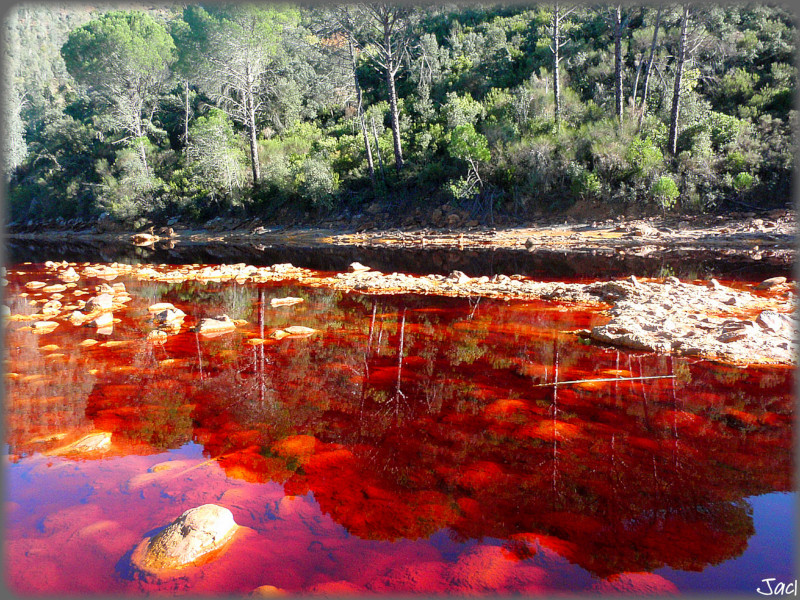
Sliding Rock Physical Description
The magnificent formation known as Sliding Rock quickly amazes an dimpresses those who encounter it. The site does not do so, however, due to sheer physical size. Though it’s quite large for its type of formation, it nonetheless doesn’t have extreme measurements.
That’s due to the fact that it measures roughly 60 ft (18.3 m) in total length. The width of this wondrous spot to experience also varies moderately significantly, That’s because this ranges from between roughly 20-40 ft (6.1-12.2 m) over the length of the waterfall.
Originating from mountain springs high in the beautiful Appalachian Mountains, which form Looking Glass Creek, the water temperature rarely rises above 50-60F (10-15.6C) even during the summer. This accounts for a largfe portion of its long-lived popularity.
At the base of the waterfall yet another pleasant feature occurs. More precisely, in this location a small plunge pool formed long ago. This measures roughly 30 ft (9.1 m) in width, and averages between 6-8 ft (1.8-2.4 m) in depth depending on the time of year.
The flowrate of the formation naturally varies, depending on environmental conditions, however. Overall, though, that rate remains respectable, given its moderately small size. Roughly 11,000 gallons (41,640 liters) flows over Sliding Rock per minute, on average.
Sliding Rock Popularity and History
The marvelous splendor of Sliding Rock formed in a region already highly appreciated and valued for its abundance of natural beauty. More precisely, the intriguing geological formation constitutes part of Looking Glass Creek, located in the Pisgah National Forest.
The area also serves, quite understandably, as a popular regional tourist site that the US Forest Service monitors and maintains. Parking areas, changing facilities, and a restroom have been provided for the influx of tourists. The site’s also carefuly monitored for its care.
The government agency does, however, charge a small fee for access to the site between Memorial Day and Labor Day weekends. This small fee, though, pays for the lifeguards, who are only on duty during this peak period, to allow for a safe experience by visitors.
For the moment, the date of origin of Sliding Rock remains a mystery to researchers. The surrounding mountains, though, rank among the oldest on the entire planet. It’s likely, however, that the formation of this specific feature occurred relatively recently.
Long before European settlers arrived in the area, the waterfall constituted a popular location for cooling off on hot summer days for the indigenous Native American tribes. Sadly, however, no record of exactly when the locals first noticed the site exist.
Features Sharing Its Region
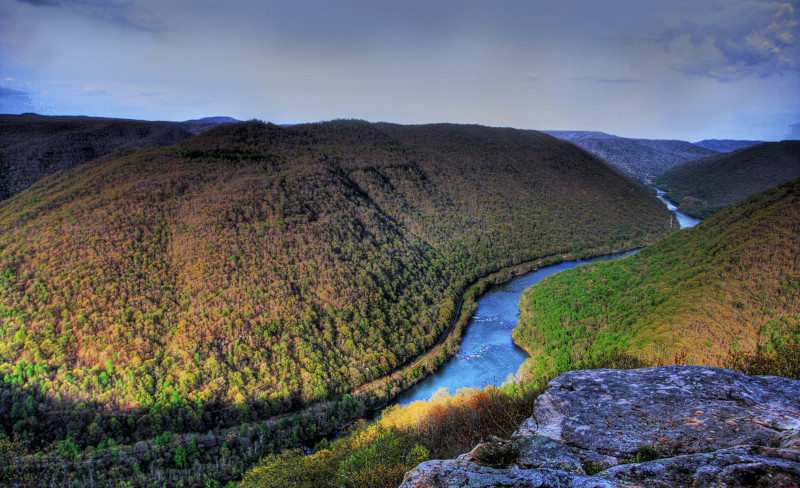

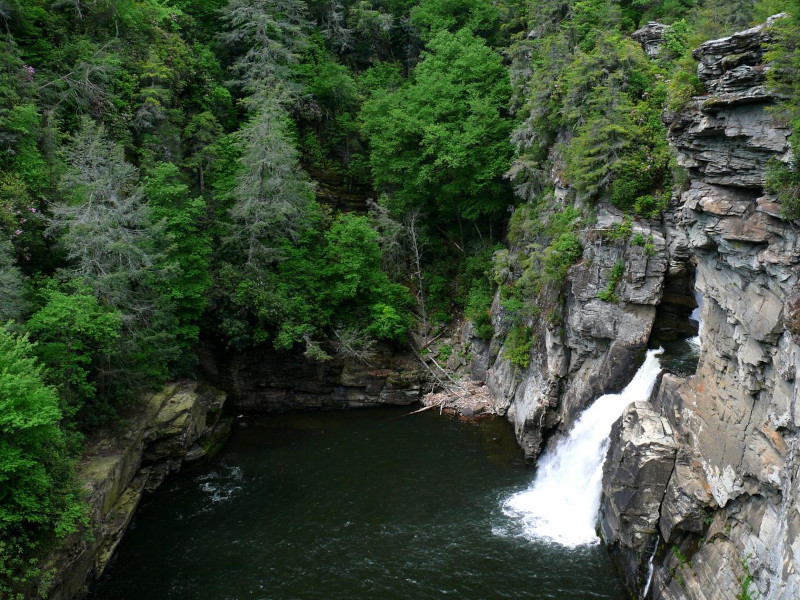
Check out our other articles on 4 Magnificent Alaskan Mammals, Chinese Giant Salamander, Lord Howe Island, Wax Currant, Numbat, Eight-Spotted Forester Moth, Philippine Crocodile
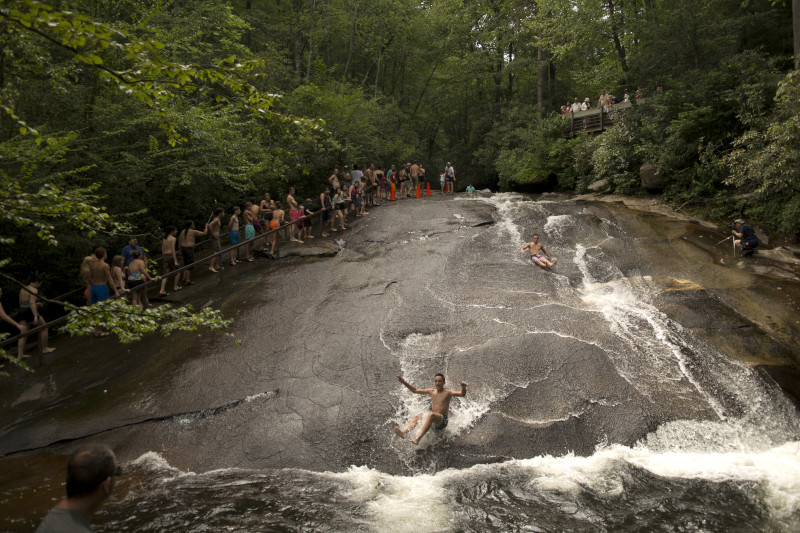











Leave a Reply